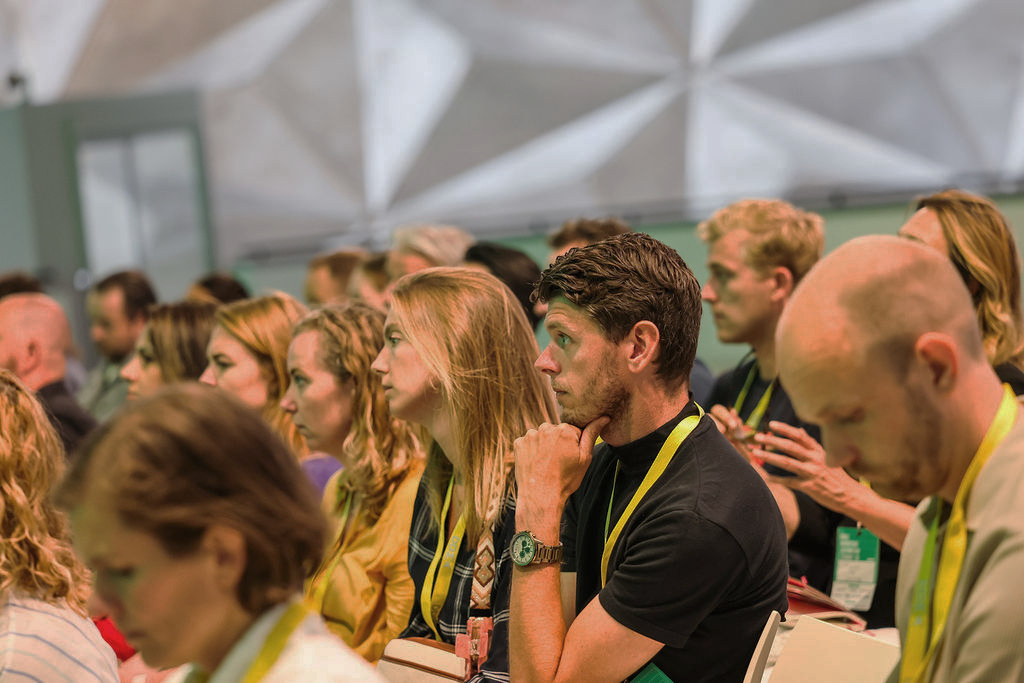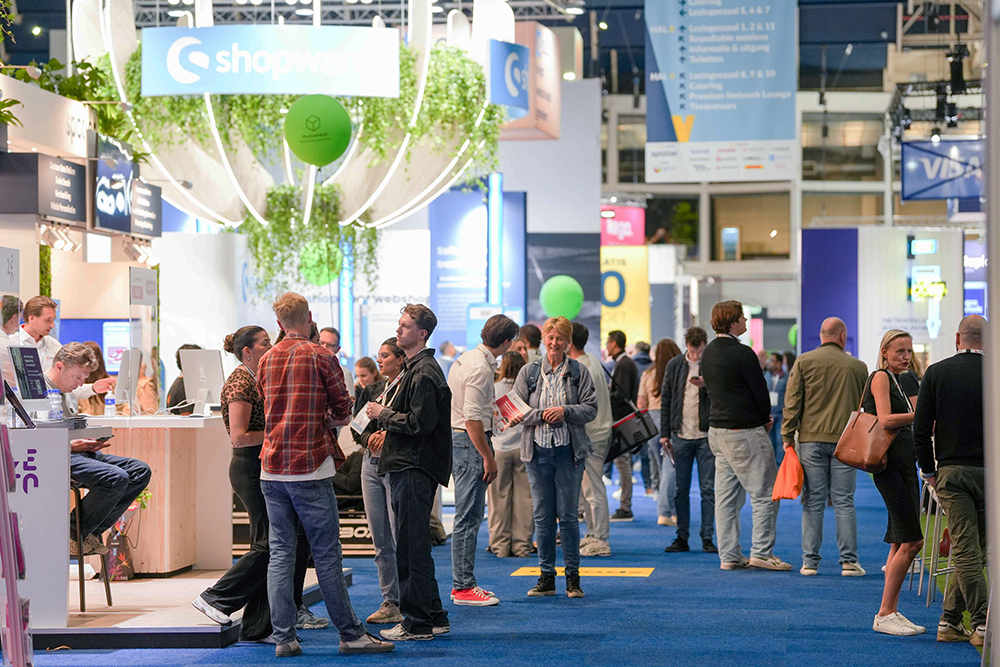Clever use of your (ticketing) software has huge benefits. Today, we’ll illustrate how paid tickets can elevate your event quality, how smart ticket strategies help you sell out your events and how integrated software goes beyond selling tickets online.
Selling out your B2B event? This is how it’s done!
Every B2B event professional aspires to sell out their event. Nonetheless, this is not always achieved. The content of your event is essential, but other factors are important too. Here’s how a sharp ticket strategy can influence your event ticket sales.

Smart pricing
Start by developing a good strategy. More and more organisations offer early bird tickets at a tempting price. Smart: You, as an organiser, get more insight into the ticket demand, and you allow the early adopters to secure their tickets. It also helps to convince those still in doubt.
Ensure your Early Bird ticket price substantially deviates from the regular price, making this difference visible to your audience. It is a good idea to reserve some tickets to offer at (higher) last-minute prices online or sell at the door.
Scarcity sells
Offer only a limited number of Early Bird tickets, and show how many have already been sold. The feeling of scarcity influences the demand and, in many cases, results in faster decision-making. You could consider making a GIF image that shows the percentage of still available tickets or communicate the period in which the early bird tickets are available (maybe even including a countdown clock). Make the message clear: “You snooze, you lose!”
Variety of choice
By offering a selection of tickets, your event may become appealing to more people. For instance, create a passe partout for multiple-day events, combination tickets for entry, and lunch or dinner. An additional advantage of including meals in ticket packages: it enables you to calculate your catering more sharply. VIP tickets are also popular. Allow people to skip the waiting lines, interact with speakers over dinner or participate in exclusive workshops.
Stay top-of-mind
Plan your communication strategy upfront, considering the frequency and message of the contact moments. The trick is to keep your audience interested without overwhelming them. Announcing new speakers and sending playful reminders are good examples of engaging your invitees. Every (update) mail should revolve around one call-to-action: Get your tickets while you still can!
Catchy communication
Ensure all communication looks stunning: your invitees should get excited about the event! Obviously, this goes for all event communication: your mailings, website, and social media posts. Regular updates will create buzz around your event. Communicate the available tickets (Early Birds, VIP packages) online or share a video of a recently added speaker to your event programme. Make it easy for invitees to buy event tickets by adding a link to your ticket page to each post.
Your event programme is not the only thing that counts. How you communicate the event to your audience is just as important! Use tips and tricks to ensure more ticket sales and higher attendance. Never sell one type of ticket for the same price, but offer a variety of event tickets instead.
Paid events result in higher ROI
Nowadays, the mailboxes of professionals in all industries are flooded with invitations to (free) events. Many people are prone to register and ‘see if they can make it’ when the time comes, which results in high no-show rates and a disappointing event ROI.
Decrease your no-show percentage
High no-show percentages are the biggest frustration of every event professional. Low attendance rates often cause disappointment among the attendees. After all, many consider the audience when deciding to visit an event. The costs per attendee increase with the no-show rate, since you calculate your hosting and catering based on the number of registrants. Asking for a small fee may be a solution to this. When invitees are requested to pay a registration fee, they are more prone to make a conscious decision – and a commitment. Therefore, the probability that they will attend increases.
Improve the quality of your program
Organising many low-budget events might seem efficient. However, low budgets often result in low-quality programs. Think about it: inspiring speakers, a nice location and professional catering are costly. However, they do add value to your event!
To stand out among the 19.000 events organised, you have to offer a distinctive concept, programme, and presentation for your visitors. If you sell tickets to your event, the revenue generated can be used to book good speakers and create strong content. Your invitees will be more inclined to register for (and attend) an event that features an interesting keynote.
Attract the right audience
The event objectives should be determined before the event, such as generating leads, improving customer relations, or attracting influencers. Paid events attract a different audience than free events. ‘Shoppers’ who are mainly interested in (free) lunches and handing out business cards will be less tempted to register for your event if an entrance fee is demanded. Getting the right audience will directly influence your event ROI.
Some events will always remain ‘free’
The transition from free to paid does not apply to all event types. Internal employee and networking events will always remain free of charge. However, never stop looking critically at these events. What is the added value? How is the ROI measured? If this is unclear, ask yourself what motivates you to organise this event.
Don’t be afraid to (quite literally) add value to your events by asking your attendees to pay an entrance fee. In the long run, your events have more effect when they are visited by the right audience. Also, your organisation will benefit from customers who are satisfied with the program content and quality, resulting in a higher event ROI.


